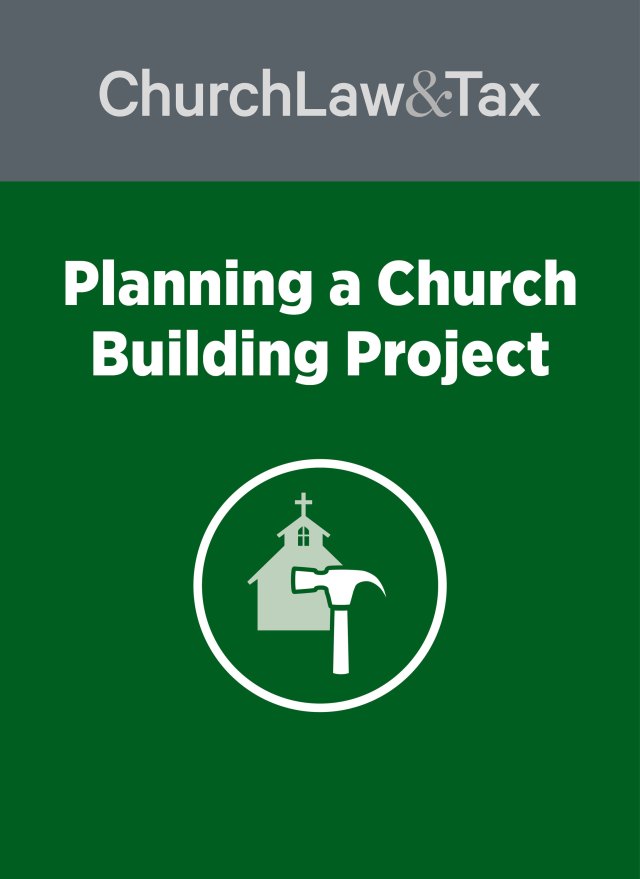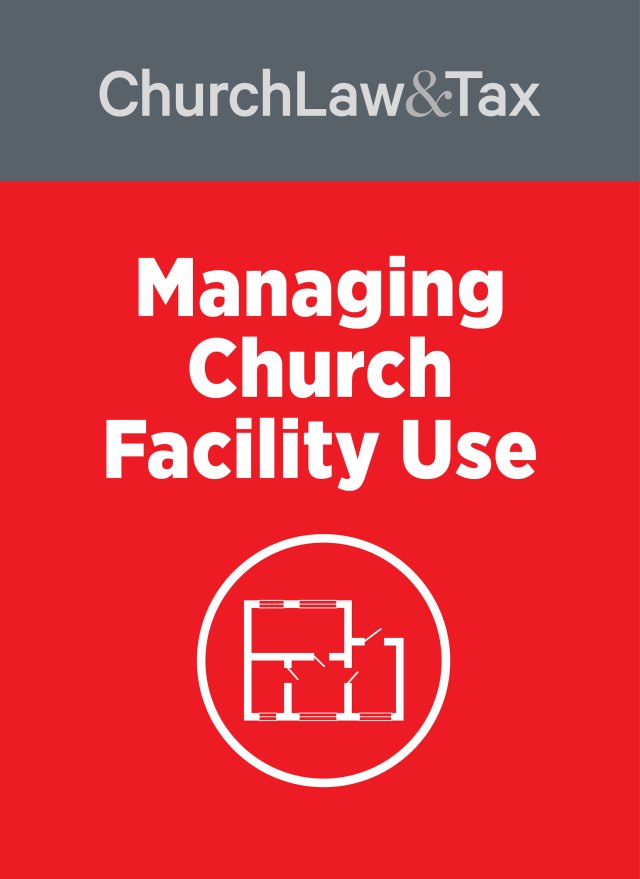Key point 7-18. Churches can lose a portion of their property to a neighboring landowner as a result of "adverse possession," if the neighbor openly and adversely occupies church property for the length of time prescribed by state law.
* A Georgia court ruled that a neighboring landowner had a legal right to build a road across a church’s property, and that this right had not been lost through adverse possession or abandonment. From 1968 to 1974, a church owned a 6-acre tract and an adjacent 18-acre tract. In 1974, the church executed a deed conveying the larger tract to a local business. The deed to the local business stated that the conveyance included "an easement 40-feet in width, said easement to be used only as a public street or road" across the 6-acre tract. Over the next few years, the 18-acre-tract including the easement was conveyed a number of times, and eventually was purchased by Mr. and Mrs. White. In 1998 the Whites began building a dirt roadway on the easement. A few months later the church notified the Whites that it owned the land in question, and the Whites ceased work on the roadway. They then asked a court to recognize their easement. A trial court ruled that the Whites had a valid easement, and rejected the church’s claim that the easement had been abandoned and that the church had acquired the easement by adverse possession.
adverse possession
The court noted that to acquire title by adverse possession, a person must show "public, continuous, exclusive, uninterrupted, and peaceable" possession of the property for twenty years, or for seven years under color of title. Such possession is shown by "inclosure, cultivation, or any use and occupation [of the land] which is so notorious as to attract the attention of every adverse claimant, and so exclusive as to prevent actual occupation by another." A claimant alleging title by adverse possession bears the burden of proving it. The court concluded,
In this case, the trial court found that, from 1980 to 1998, the church never fenced, mowed, cleared, improved, or in any way used the forty-foot strip of land in question, except that church representatives cleared trash from it two or three times a year. Thus, the court concluded that even though the church owned the tract of land on which the easement was located, the church did nothing "which would put the owner of the easement on notice that [the church] was in possession of the easement adverse to the owner’s rights." Hence the church failed to prove that it possessed the easement in a manner "so notorious as to attract the attention of every adverse claimant, and so exclusive as to prevent actual occupation by another."
The church argued that it maintained a wooded border around its property for aesthetic purposes and that this use was sufficient to establish adverse possession. The court disagreed, "There was no evidence that the church planted any trees on the strip of land in question. While the deliberate creation of a wooded border on the property might have constituted possession inconsistent with the presence of a roadway easement, the trial court was entitled to presume that the trees had been there since the establishment of the easement. Accordingly, the trial court did not err in concluding that the church failed to establish the type of possession necessary to acquire the land."
abandonment
The Church asserted that the easement was abandoned because it was not used from the date of its creation in 1974 until the Whites began to build the roadway in 1998. The court disagreed, noting that "nonuse of an express easement does not constitute abandonment, in the absence of other evidence of an intent to abandon."
Application. Churches that sell part of their property sometimes include an easement or "right-of-way" giving the buyer the right to travel across a designated portion of the church’s property. Church leaders should not include an easement in a conveyance of land without careful study, since this decision may permanently affect the church. Easements generally "run with the land," meaning that they are included in any future conveyance of the property. If an easement is granted, it should be limited to the extent possible. For example, it may be limited to private use by the owners of the adjacent tract. This case also illustrates the difficulty a church may face in establishing that an easement over its property has been lost through adverse possession or abandonment. Church of the Nativity v. Whitener, 547 S.E.2d 587 (Ga. App. 2001).
© Copyright 2002 by Church Law & Tax Report. All rights reserved. This publication is designed to provide accurate and authoritative information in regard to the subject matter covered. It is provided with the understanding that the publisher is not engaged in rendering legal, accounting, or other professional service. If legal advice or other expert assistance is required, the services of a competent professional person should be sought. Church Law & Tax Report, PO Box 1098, Matthews, NC 28106. Reference Code: m21 c0402



